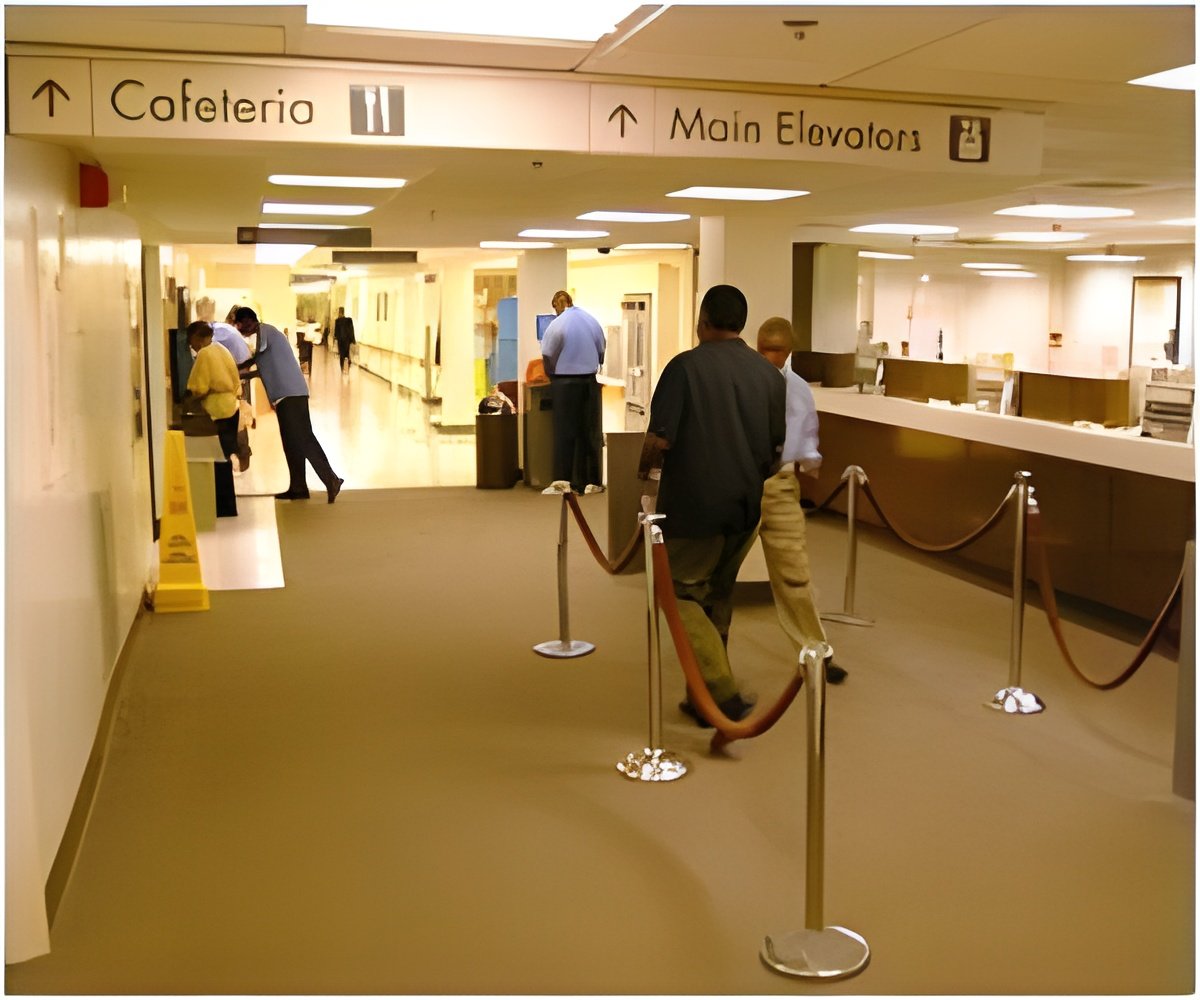
Each year seven thousand elderly people suffer a hip fracture that requires surgery. Despite a successful operation, eleven per cent of all elderly hip fracture patients die within 30 days.
Correlation between quality and mortality In the study the researchers studied mortality after 30 days, the quality of care, time for surgery and the length of stay in hospital. Patients were classified according to whether they had been admitted to a department with less than 151 hip fracture patients annually; with between 152-350 hip fracture patients annually; and with more than 350 hip fracture patients annually. The quality of treatment was measured according to whether the patient received daily pain assessment help with physical activity within 24-hours of the operation, an assessment of their functional level, preparation of a rehabilitation plan and the implementation of preventive treatment relating to falls and osteoporosis.
Overall the patients in the smallest departments were in the best position: "Patients admitted to a high-volume department were to a lesser extent offered physical activity within 24-hours of the operation, their functional level was not assessed as much and they received less of a rehabilitation plan prior to being discharged," says Pia Kjær Kristensen, who emphasises that patients who had been admitted to a high volume department received a greater degree of assessment when it came to the reasons for the original fall, with a view to preventing new falls.
She describes the results as surprising but stresses that the results should be seen in the light of the fact that Denmark does not have very small hospital departments as some centralisation has already taken place. Today, there are 28 departments for hip fracture patients and the small departments in Denmark generally have a high patient volume compared to hospitals abroad.
Important knowledge Based on the study, the researchers can see that a significant reason for the higher mortality rate for patients admitted to large departments is the lower quality of treatment.
Advertisement
Source-Eurekalert









